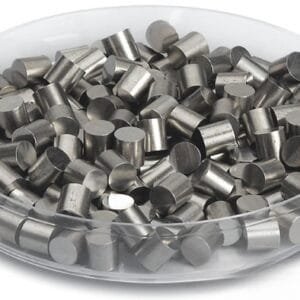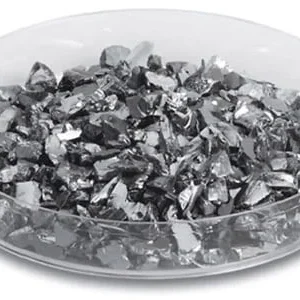TFM provides high-purity cobalt iron evaporation materials, which are crucial in various deposition processes. This alloy, composed of cobalt (Co) and iron (Fe), is essential for producing high-quality deposited films. We manufacture our cobalt iron materials with purity levels reaching up to 99.9995%, ensuring exceptional performance and reliability. Our stringent quality assurance processes confirm the consistency and integrity of each product.
Applications of Cobalt Iron Evaporation Materials
Our cobalt iron evaporation materials find extensive use in:
- Deposition Processes: These materials are integral to semiconductor deposition, chemical vapor deposition (CVD), and physical vapor deposition (PVD) techniques.
- Optics: They are utilized in applications such as wear protection, decorative coatings, and display technologies.
Packaging and Handling
To maintain the highest quality, our cobalt iron evaporation materials are meticulously handled during storage and transportation. We take every precaution to avoid damage and preserve the materials in their optimal condition.
Contact Us
TFM is a premier manufacturer and supplier of high-purity cobalt iron evaporation materials, offering a variety of forms including powder and granules. Custom forms are available upon request. For current pricing or to inquire about other evaporation materials not listed, please contact us directly.


 MSDS File
MSDS File



Reviews
There are no reviews yet.